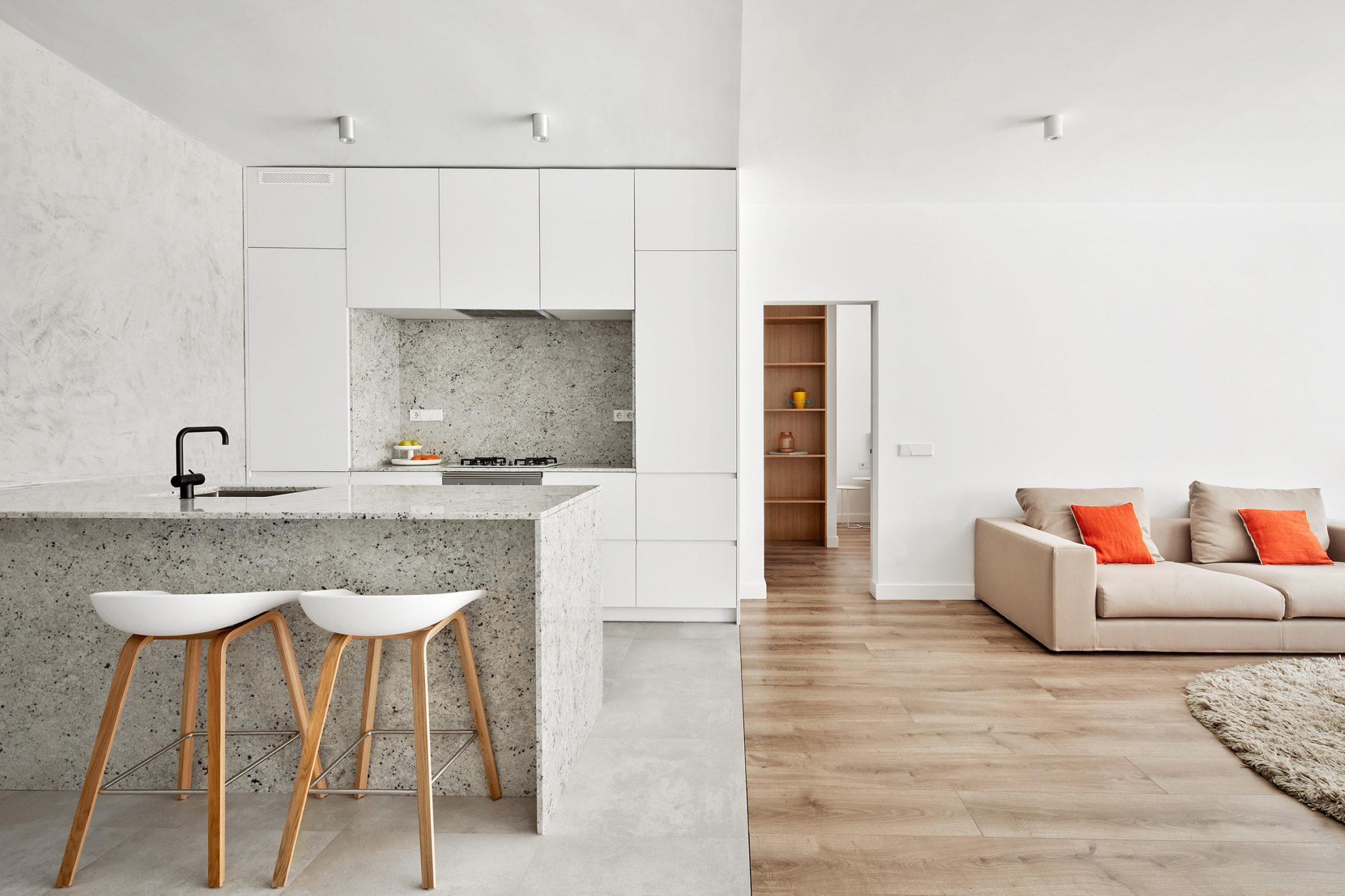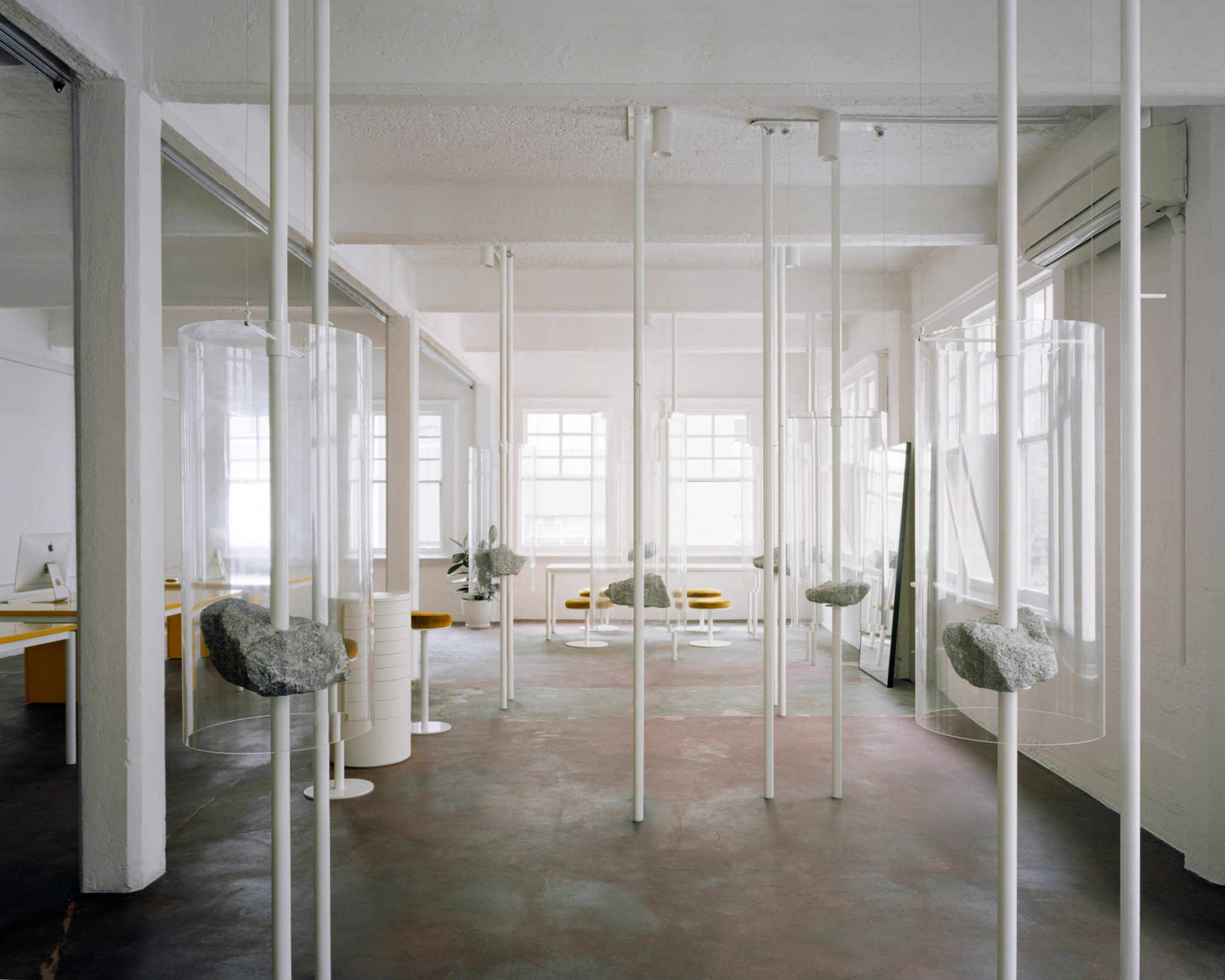What is granite?
Heavily influences modern day’s architecture with designs that are built to last, Granite is a natural material with the ability to provide exclusivity to any contemporary construction or finishes.


Photo: GharPedia
Granite is a light-colored igneous rock with grains large enough to be visible with the unaided eye. It forms from the slow crystallization of magma below Earth’s surface. Granite is composed mainly of quartz and feldspar with minor amounts of mica, amphiboles, and other minerals. This mineral composition usually gives granite a red, pink, gray, or white color with dark mineral grains visible throughout the rock.
Granite’s features
Advanced processing technology enables a multitude of new application for granite, making it a go-to material in new constructions.
Its character, beauty, high strength and excellent durability make it quite a unique material. Its wide range of varieties pairing with state-of-the-art cutting technologies and those giving a surface finish provide us with limitless design possibilities.
Strength and beauty
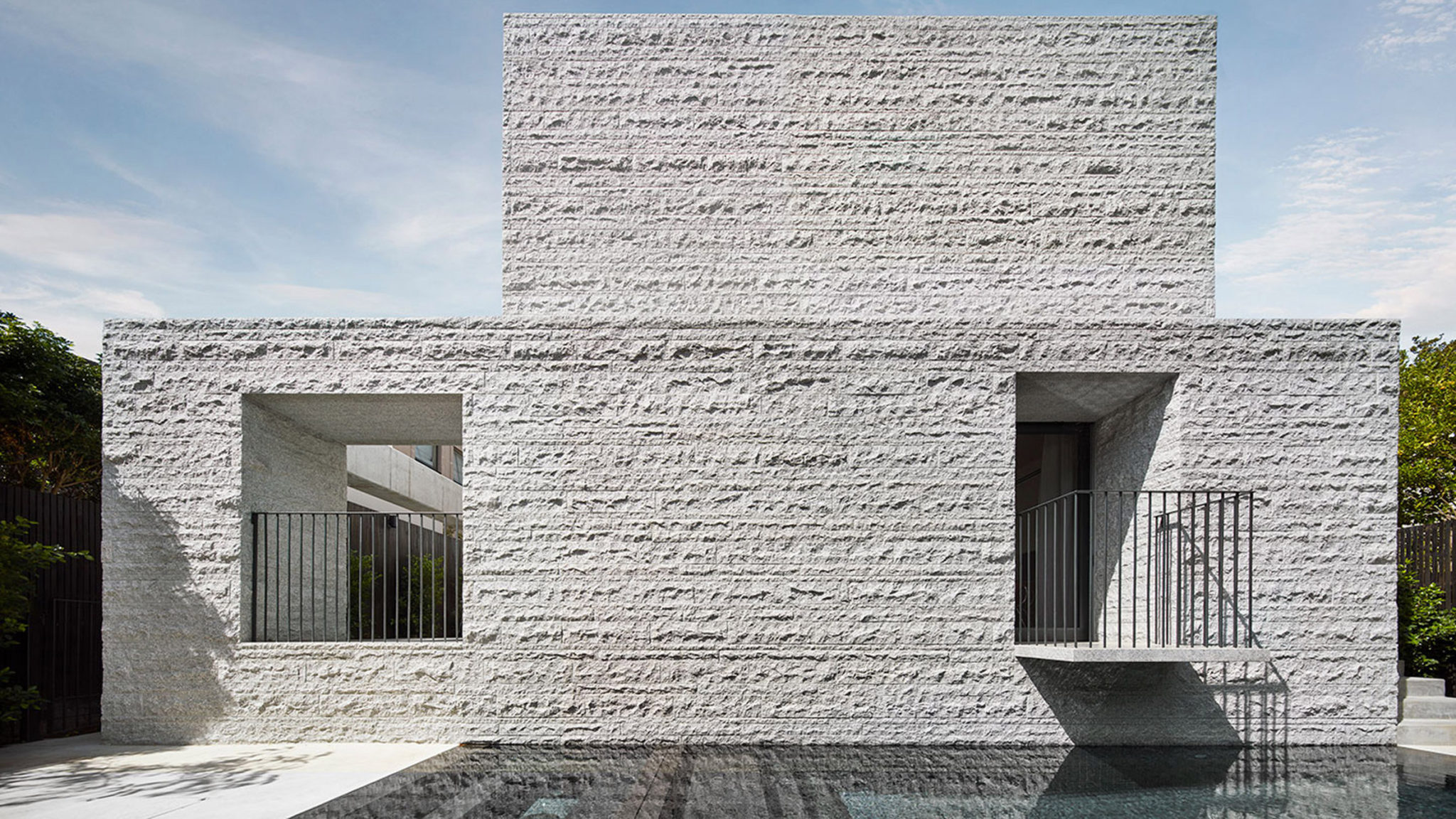

B.E Architecture combines different textures of granite at monolithic Melbourne house
The various surface finishes, which can be adopted, provide a wide variety of aesthetic results. The diversity of colors, textures, schemes and finishes, owning to of incessant technological development, covers every design need and is superior to that of other popular products.
Some might argue that granite’s merit is overshadowed by its high investment costs, sometimes higher than for other substitute materials. Nevertheless, all that is more than compensated for by the low maintenance cost and long service life.
Granite is considered a green material thanks to, of course, its natural origin and limited transformation of the raw material. This means less energy for production compared to ceramics or concrete.
Also, it is durable and very likely to withstand the test of time. Should a construction no longer need it, granite will find other uses thanks to its high reusability easy disposal (being an inert residue). However, at the end of its useful life, it becomes waste require professional handling.
Inflammability
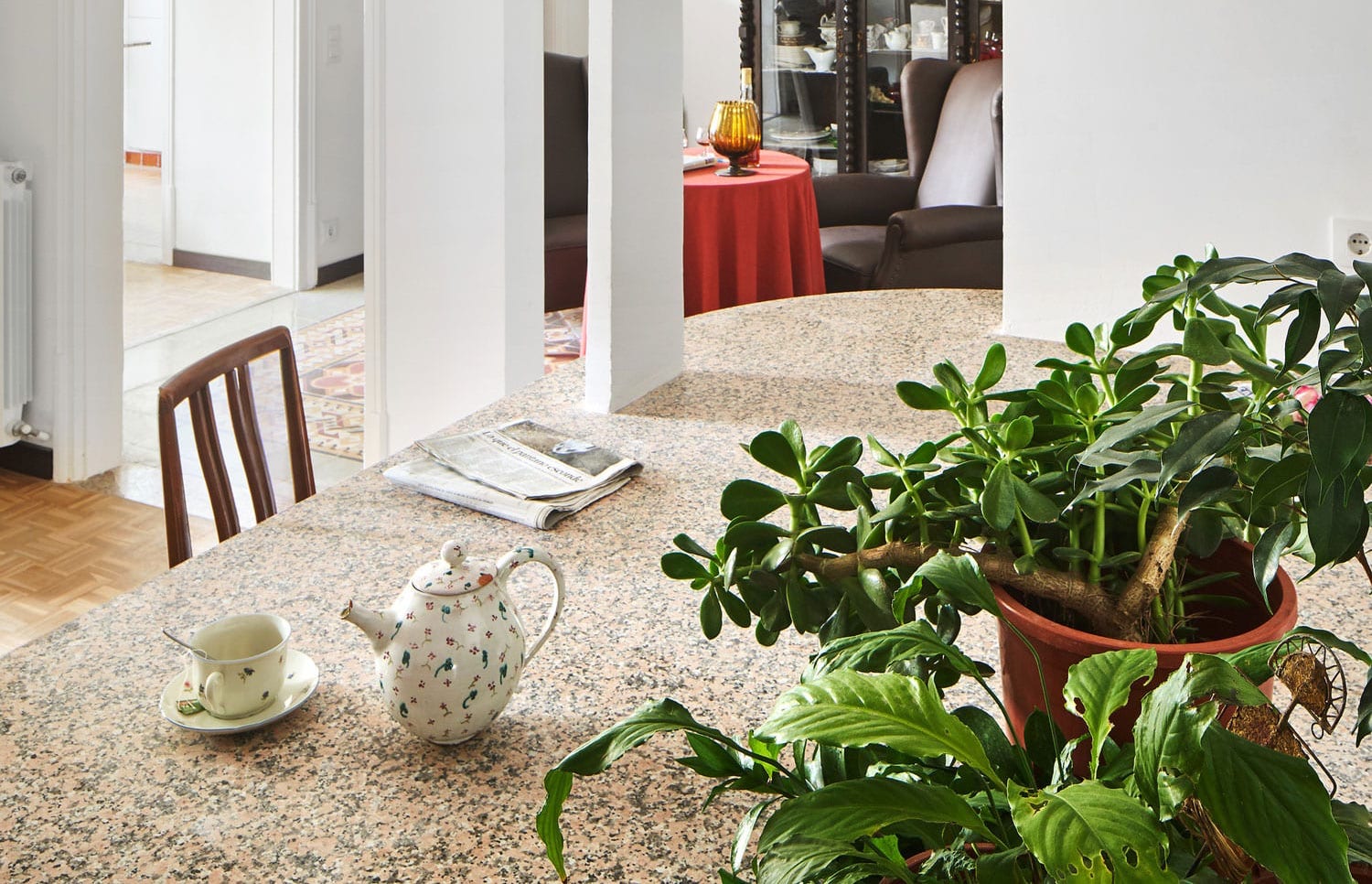

A Table (II) by Escolano + Steegmann
This material is rated A1 for reaction to fire (“Non-combustible and having no significant contribution to fire”). Additionally, in case of fire, it does not release substances that are harmful to health.
Notable projects
LAKEHOUSE IN HYDERABAD, INDIA BY COLLECTIVEPROJECT
Set on a steep and rocky slope overlooking the DurgamCheruvu Lake, the property is close to the heart of the city while feeling removed. The facades along the sides of the house and facing the road are lined with slabs and thin ribs of locally quarried grey granite, creating shadowed texture while maintaining privacy from the neighbors.
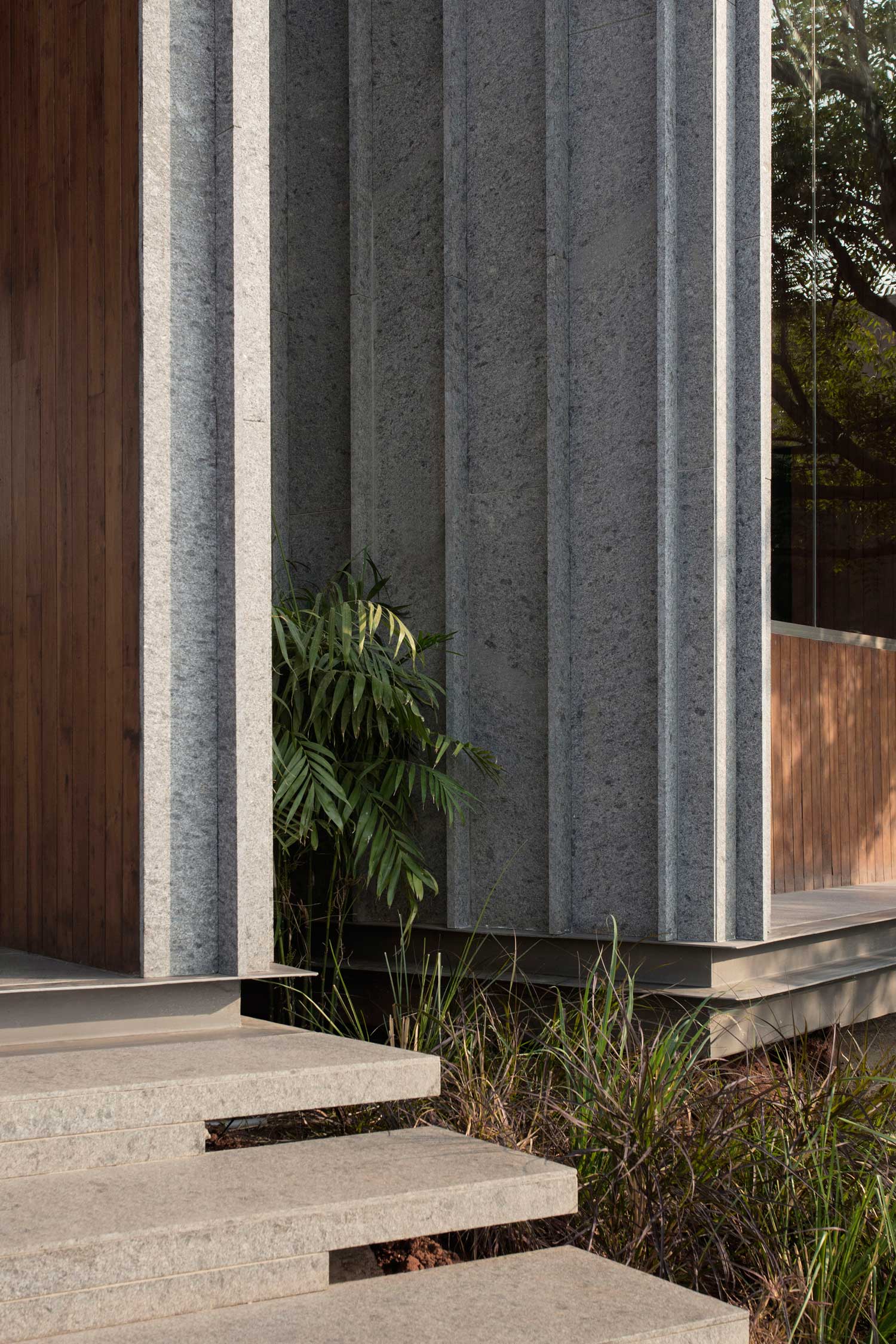

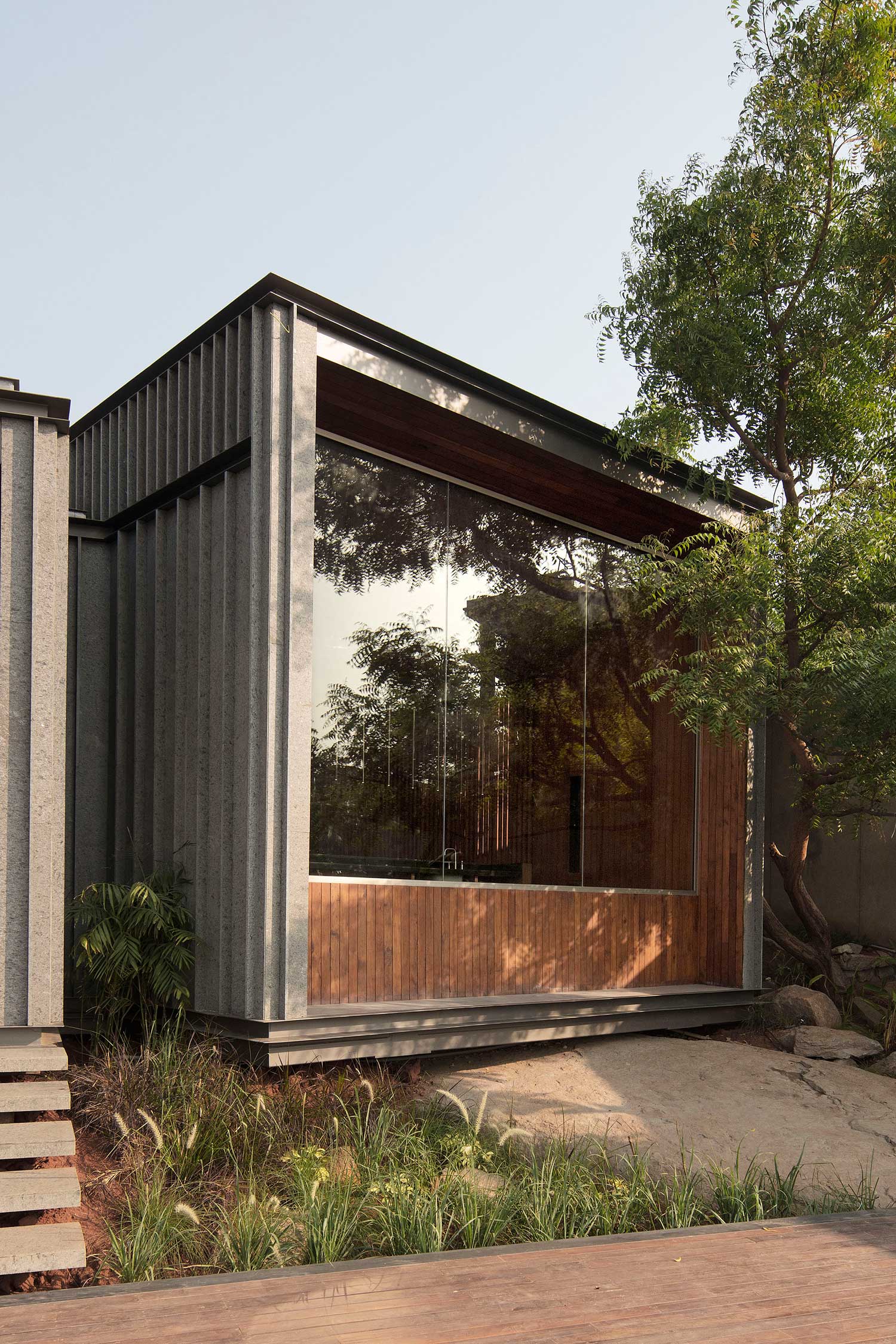

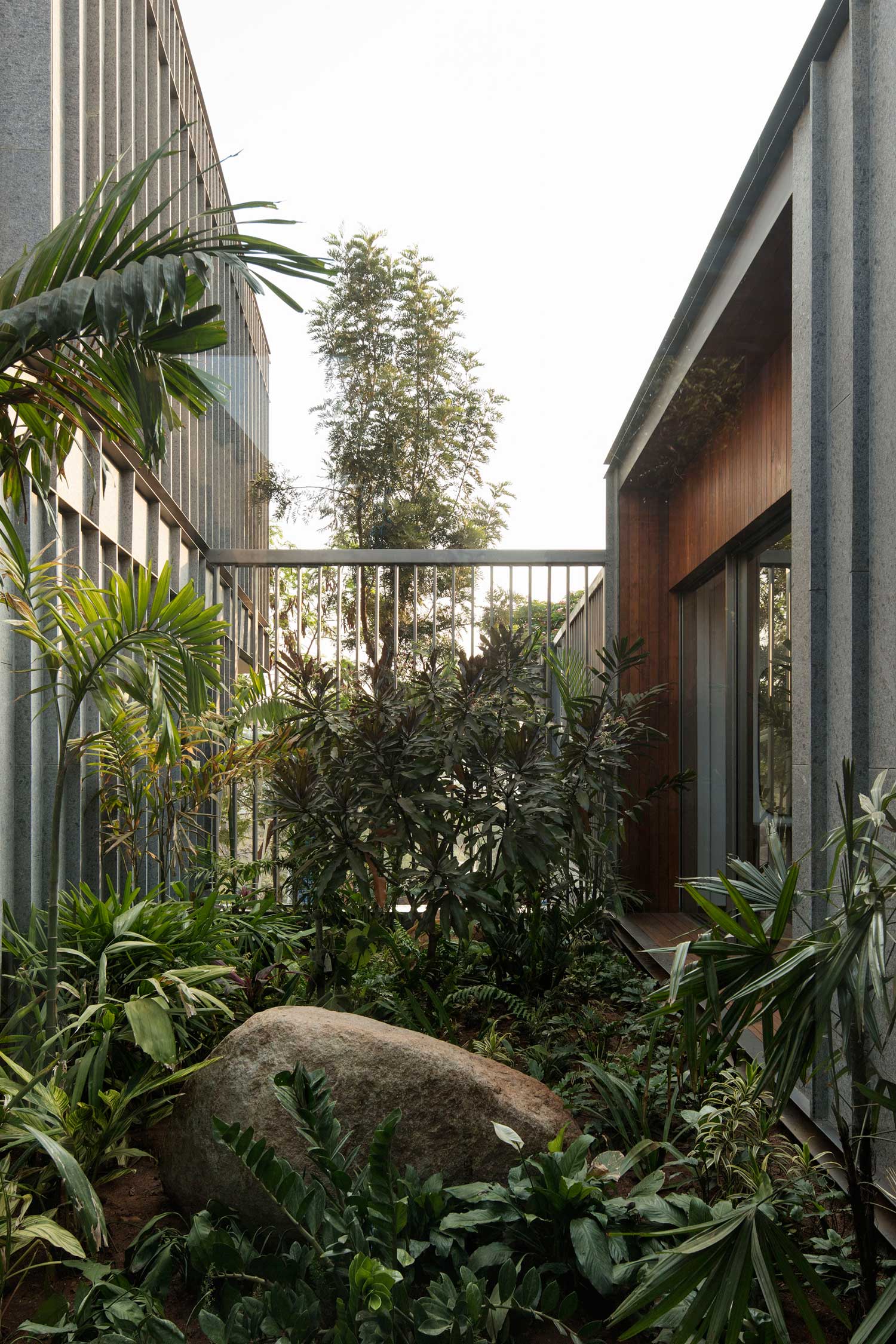



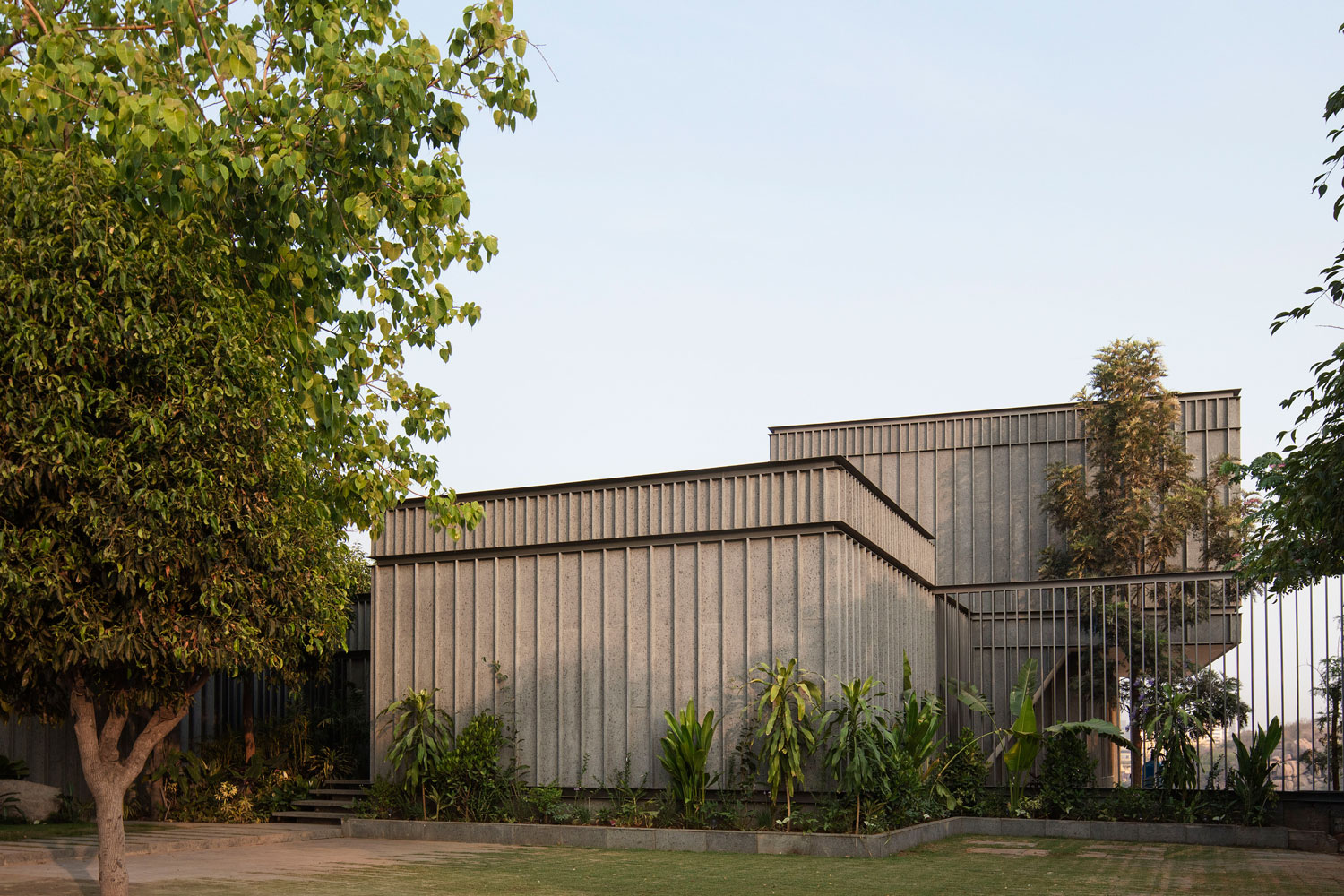

TEHRAN APARTMENT, AYENEH OFFICE
Slatted timber shutters provide privacy and shade for this Tehran apartment block by local firm Ayeneh Office, and line up with its ridged granite facade.
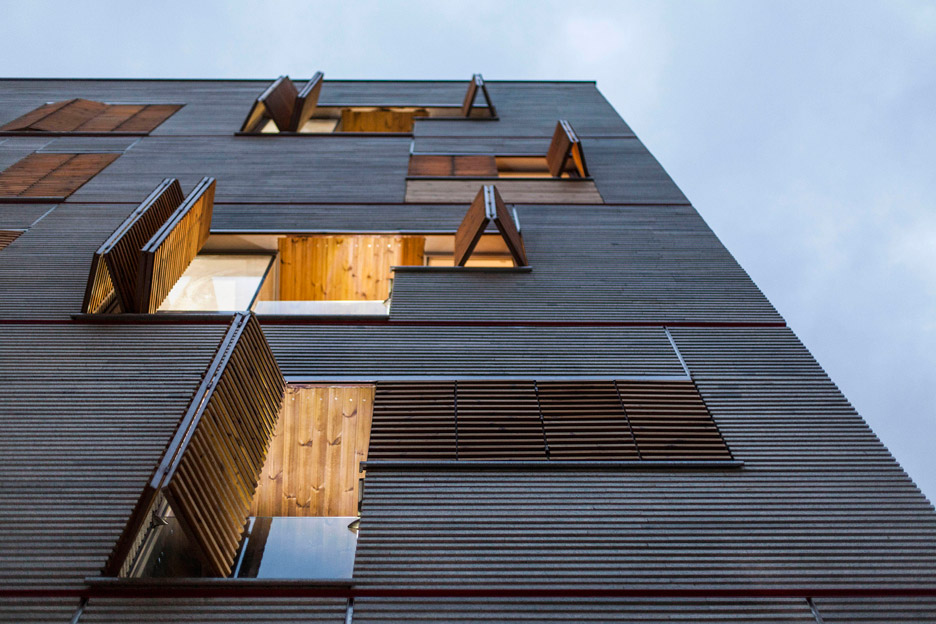

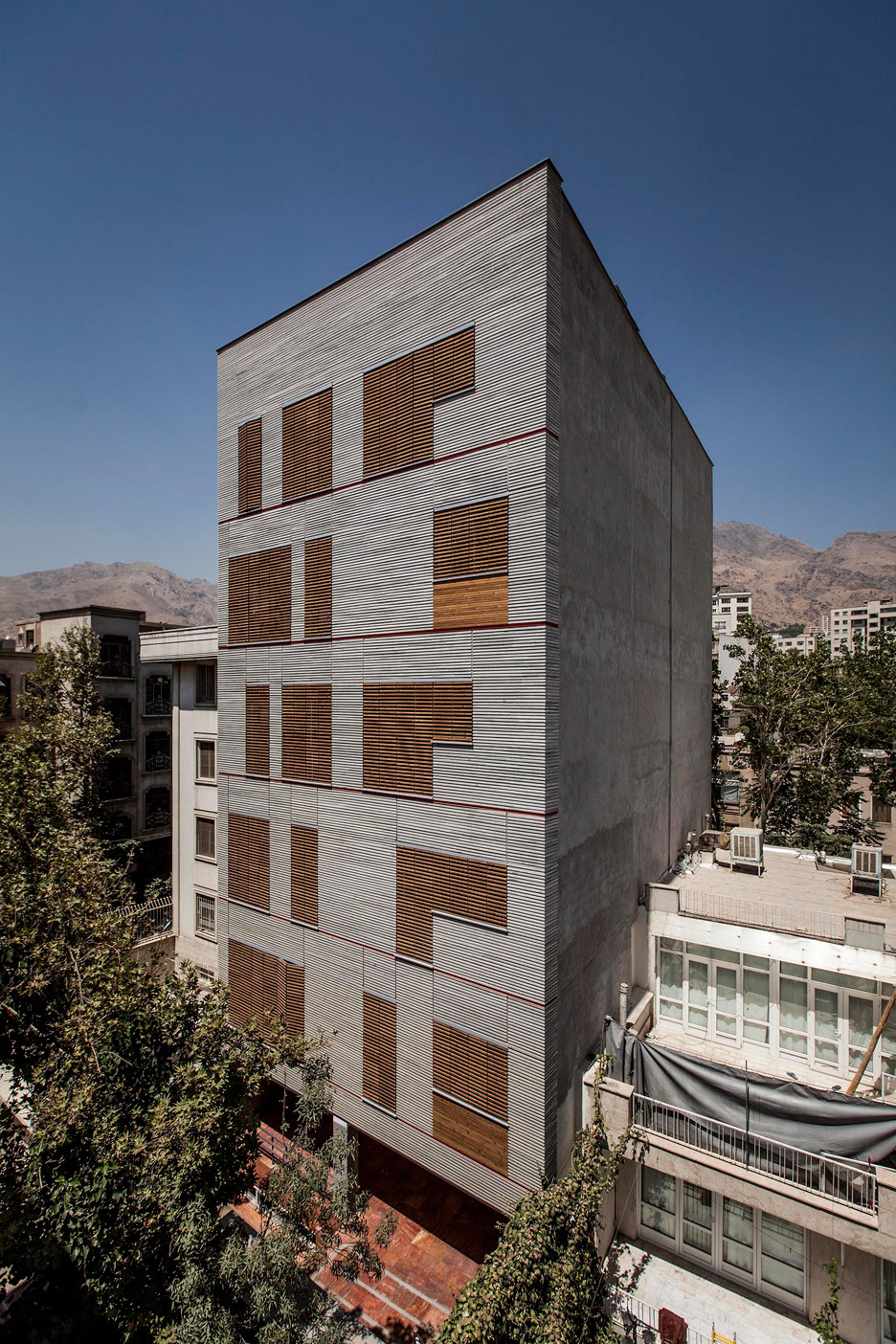

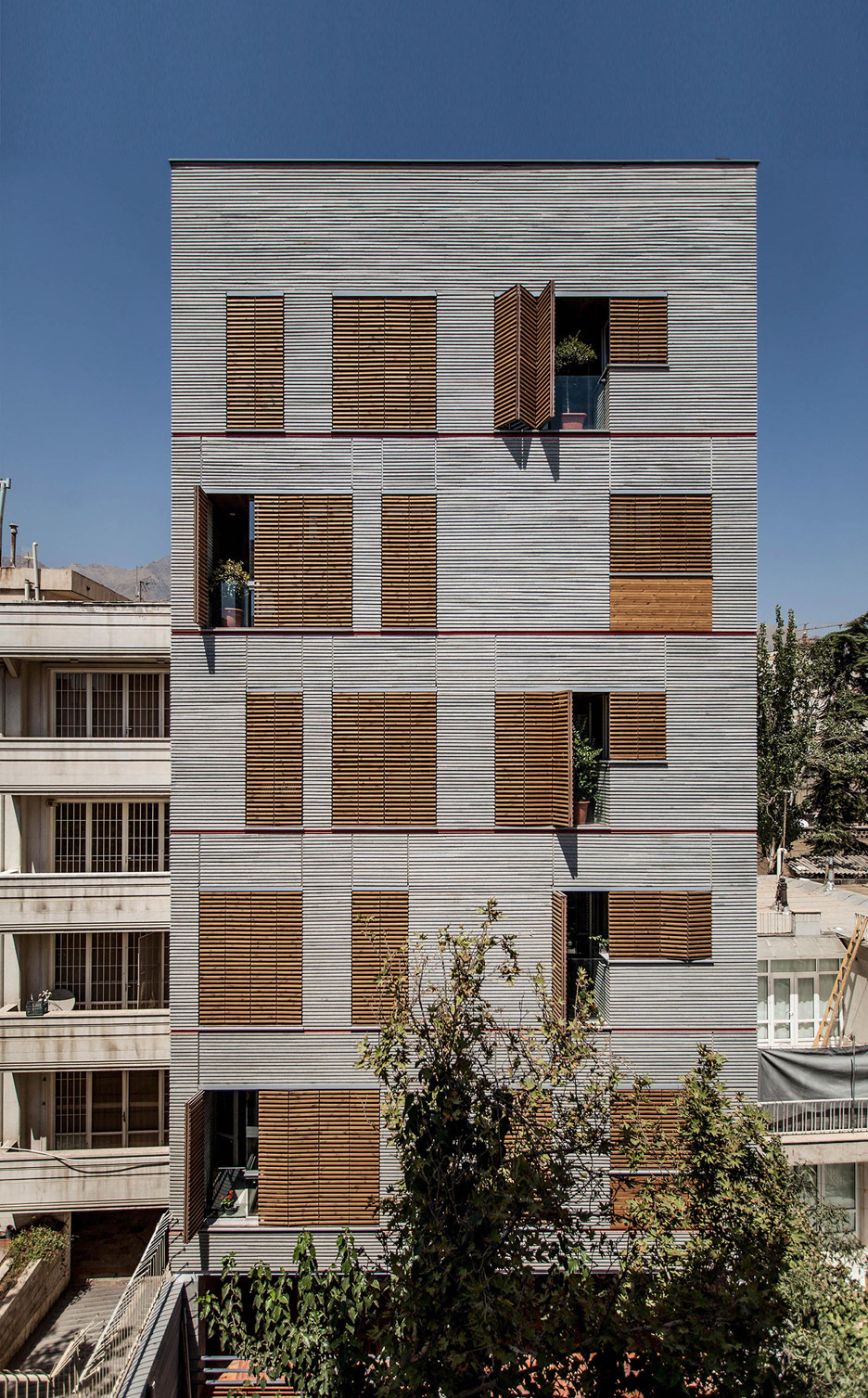

GRANITE HOUSE, MARCOS MIGUELEZ
A staircase featuring cantilevered treads connects the library and living room at the centre of this rough granite-clad house in the Spanish town of Magaz de Abajo.
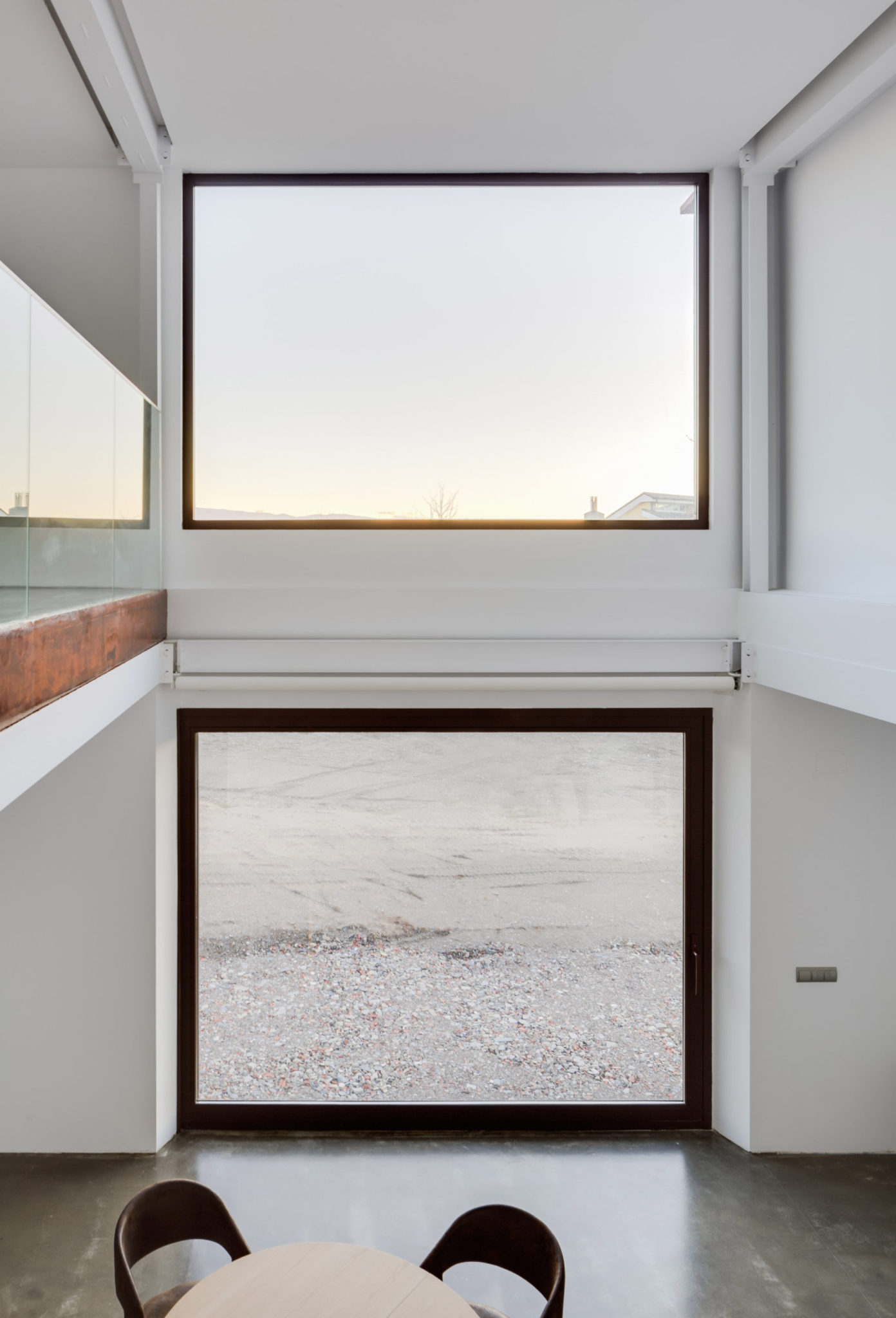





BARCELONA FLAT, RAUL SANCHEZ ARCHITECTS
Spanish practice Raúl Sánchez Architects has employed contrasting materials to carve out different zones in the open-plan living space of this apartment in Barcelona’s Eixample district. They arranged an open-plan dining and sitting area lies within the second zone. The kitchen is anchored by a granite breakfast island and has been fitted with slate-coloured stone floors, which contrast against the warm parquet floors in the adjacent lounge.
